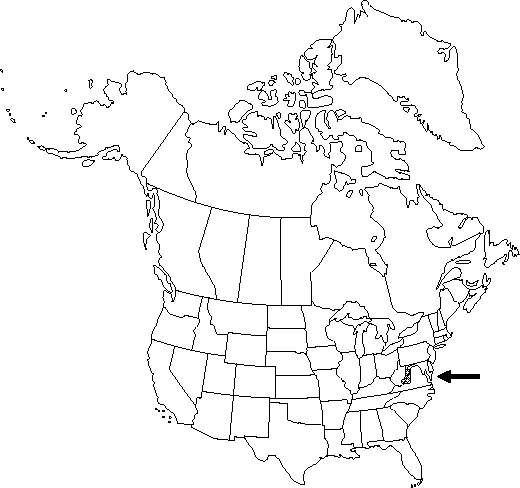Clematis albicoma
J. Wash. Acad. Sci. 21: 198. 1931.
Stems erect, not viny, 2-4 (-6) dm, pubescent or pilose to ± tomentose or hirsute. Leaves simple. Leaf-blade elliptic-lanceolate to ovate, unlobed, 3.5-8 (-10) × 1.5-5 (-6.5) cm, thin, not conspicuously reticulate; surfaces abaxially glabrous to sparsely (rarely more densely) villous on veins, not glaucous. Inflorescences terminal, flowers solitary; bracts absent. Flowers narrowly urn-shaped; sepals purplish, yellowish toward tips, oblong-lanceolate, (1.1-) 1.4-3 cm, margins not expanded or less than 1 mm wide, thin, not crispate, tomentose, tips obtuse, spreading to recurved, abaxially silky to woolly-pubescent. Achenes: bodies pilose; beak white to pale-yellow, (1.5-) 2-4 (-4.5) cm, plumose. 2n = 16.
Phenology: Flowering spring–early summer.
Habitat: Shale barrens
Elevation: 300-800 m
Discussion
Clematis albicoma is known only from shale barrens predominantly developed from the Upper Devonian Brallier Formation in nine counties of western Virginia and adjacent West Virginia.
Selected References
None.
